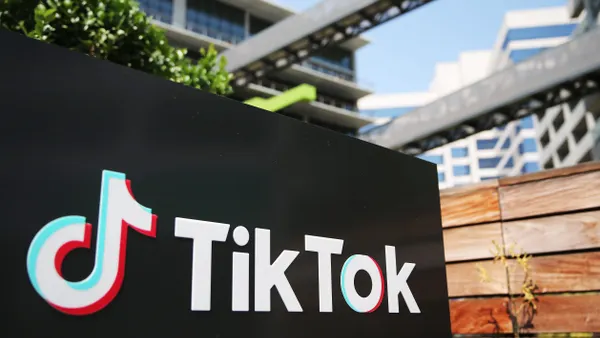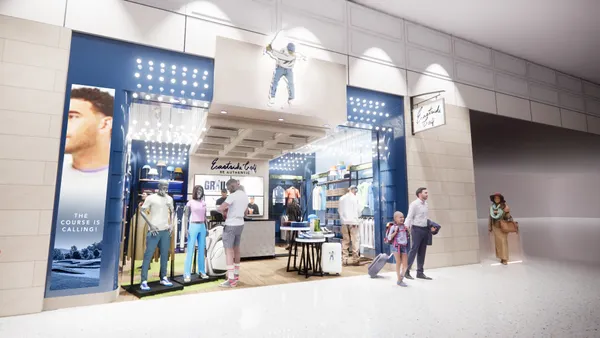Dive Brief:
-
Loyalty programs, while still growing, have lost pace since 2015, according to Colloquy’s 2017 Loyalty Census. Although consumer enrollment in loyalty programs has increased to 3.8 billion, up 15% from 2015, the number reveals a deceleration in growth, down from 26% in the previous census.
-
According to the census, consumers are most likely to use a loyalty program if it is "easy to use" (57%), followed by, "gives me great discounts" (39%) and “easy to understand" (37%). On the other hand, consumers were most likely to leave a loyalty program if it took too long to see benefits, such as earning miles or points (57%).
-
The retail industry edges out the 1.1 billion memberships of the travel and hospitality sector with their own 1.5 billion, despite a flood of recent bankruptcies and continued struggles of brick-and-mortar stores.
Dive Insight:
The deceleration of growth within loyalty programs could spell trouble for some retailers who rely on their programs for revenue, but the information collected by Colloquy’s census also suggests that consumers might just be demanding better reasons to subscribe.
The results are in line with Retail Dive’s own findings, which found that 61% of loyalty program members say they want loyalty program points and rewards in return, as well as discounts and special offers. What the census discovered is not that consumers are uninterested in loyalty programs, but rather that they are uninterested in lackluster loyalty programs.
"The membership growth slowdown signals the U.S. loyalty market is maturing and retailers need to up their game on how to attract and retain members within their loyalty programs,” Melissa Fruend, LoyaltyOne Global Solutions partner and Colloquy Census author said. Fruend urged retailers to create "more personalized and relevant experiences" for loyalty members. That’s not to say that all membership programs are unappealing — far from it.
Amazon Prime, for example, charges $99 a month, offers free two-day shipping to members and last year could be found in an impressive 70% of upper-income households. To add to the program’s success, Amazon offers Prime customers tangible benefits to joining the service, like their increasingly popular Prime Day, which this year will be extended to give members access to even more discounts. Not only does Amazon give members reason to join Prime, but the program rewards Amazon with massive profits, with the company calling last year’s Prime Day the single biggest day in company history.
It’s not just Amazon, though. GNC Holdings beat first quarter expectations this April thanks, in part, to their restructured loyalty program and a recent report by Cardfree revealed that adding a loyalty program increases frequency and spend.
Likewise, when companies with successful loyalty programs make their customers feel shortchanged, consumers are quick to respond. Starbucks’ announcement that it was changing its loyalty program, for example, brought backlash down on the company from angry rewards members who were used to the old model.
Despite the deceleration of growth for loyalty programs, they represent a market that retailers are just beginning to tap. With mobile loyalty programs beginning to take off, retailers have every opportunity to engage customers — they’ll simply be faced with making loyalty programs that are more worth their customers’ while.














